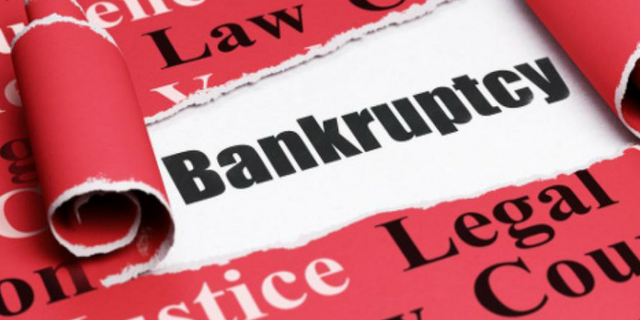Bankruptcies of small and medium-sized enterprises (SME) are set to rise significantly in 2021 and 2022 once policy support, forbearance and social distancing restrictions are scaled back globally, Fitch Ratings says. However, we expect fewer bankruptcies than in previous crises.
So far there have been far fewer bankruptcies during the coronavirus crisis than in previous recessions, particularly among small businesses. Direct financial support and forbearance measures, and interruptions of the bankruptcy process due to social-distancing restrictions, have artificially depressed bankruptcies. Insolvencies will rise as these measures are phased out.
The divergence of bankruptcy trends between small businesses and large corporates suggests that there may be a more marked increase in SME insolvencies. For example, the divergence between US business chapter 11 and chapter 7 filings in 2020 suggests a backlog of failures among smaller firms. The fall in SME failures in 2020 was also at odds with the rise in high-yield bond defaults.

Our analysis suggests business insolvencies could be one-third-to-two-thirds lower than in previous crises. This crisis should be shorter and less broad in its impact than previous crises, with certain sectors acutely affected and others benefiting.
A series of government emergency measures have helped to reduce pressure on firms. Favourable financing conditions and ultra-low interest rates have enabled businesses to meet liquidity needs, build cash buffers and push back debt maturities. This has helped viable firms avoid liquidity issues of the kind that might have caused failure in previous crises.
A rise in bankruptcies will generate credit losses for lenders, other parts of the financial system, and for governments where there are loan guarantees. We expect banks’ non-performing loans to peak in 2021-2022, with the range varying significantly across issuers.








